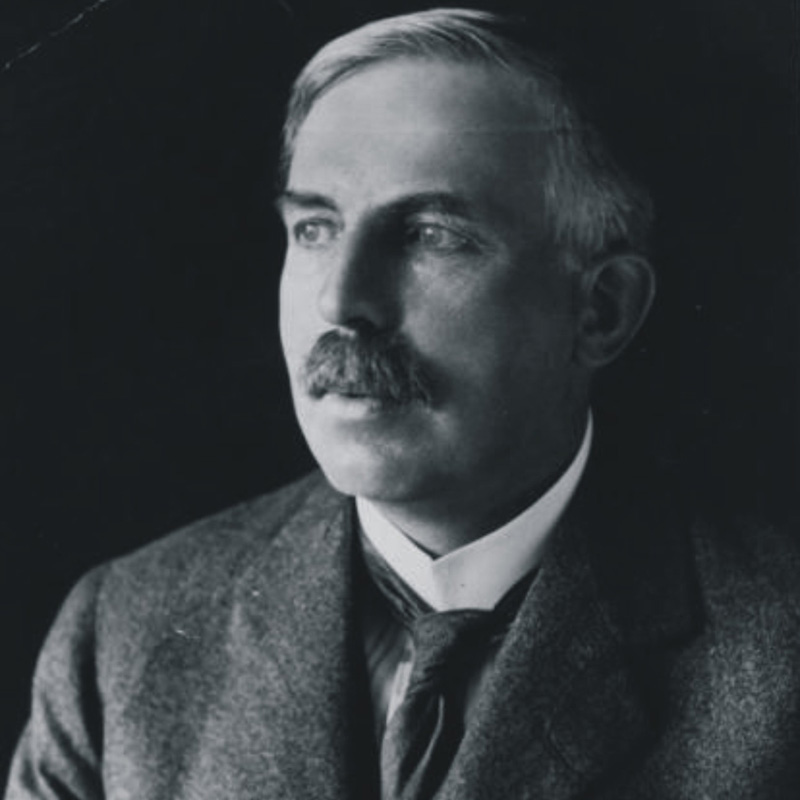Rutherfordiu
104
Rf
Grupă
4
Perioadă
7
Bloc
d
Protoni
Electroni
Neutroni
104
104
157
Proprietăți Generale
Număr atomic
104
Masă atomică
[267]
Numar de masa
261
Categorie
Metale de tranziție
Culoare
n/a
Radioactive
Da
Numit dupa Ernest Rutherford, fizician si chimist din Noua Zeelanda
Structură cristalină
n/a
Istoric
Rutherfordiul a fost raportat ca fiind detectat pentru prima dată în 1964 la Institutul Unificat de Cercetări Nucleare din Dubna.
Elementul a fost sintetizat de Albert Ghiorso, Matti Nurmia, James Andrew Harris, Kari Eskola și Pirkko Eskola în 1968 la Universitatea California, Berkeley.
A fost produs prin bombardarea californiului cu atomi de carbon.
Elementul a fost sintetizat de Albert Ghiorso, Matti Nurmia, James Andrew Harris, Kari Eskola și Pirkko Eskola în 1968 la Universitatea California, Berkeley.
A fost produs prin bombardarea californiului cu atomi de carbon.
Electroni pe nivelul de energie
2, 8, 18, 32, 32, 10, 2
Configurație electronică
[Rn] 5f14 6d2 7s2
Rutherfordiul este primul element transactinid
Proprietăți Fizice
Fază
Solid
Densitate
23 g/cm3
Punct de topire
2373,15 K | 2100 °C | 3812 °F
Punct de fierbere
5773,15 K | 5500 °C | 9932 °F
Energie de fuziune
n/a kJ/mol
Energie de evaporare
n/a kJ/mol
Căldură specifică
- J/g·K
Abundența în scoarța Pământului
n/a
Abundența în Univers
n/a

Credite imagine: wal.nbed.nb.ca
Elementul este numit după Ernest Rutherford, cunoscut ca „tatăl fizicii nucleare”
Numarul CAS
53850-36-5
Număr CID PubChem
n/a
Proprietăți Atomice
Rază atomică
-
Rază de covalență
157 pm
Electronegativitate
-
Potențial de ionizare
6,011 eV
Volum molar
-
Conductivitate termică
0,23 W/cm·K
Număr de oxidare
4
Aplicații
Rutherfordiul este utilizat doar în scopuri de cercetare științifică.
Rutherfordiul este dăunător din cauza radioactivității sale
Izotopi
Izotopi stabili
-Izotopi instabili
253Rf, 254Rf, 255Rf, 256Rf, 257Rf, 258Rf, 259Rf, 260Rf, 261Rf, 262Rf, 263Rf, 264Rf, 265Rf, 266Rf, 267Rf, 268Rf